Examine this portion of a P&ID. This particular diagram shows some of the piping and instrumentation associated with a chemical reactor vessel:
Chemical Reactor Vessel P & ID
Question 1:
Which direction does process fluid flow through this reactor vessel? How can we tell from the diagram?
Question 2:
Identify the functions of all instrument “bubbles” shown in this diagram, as well as the meanings of their identifying tag letters (e.g. “PDT”).
Question 3:
How are piping flanges shown in a PFD or P&ID?
Question 4:
What is the meaning of the trapezoidal symbols with two sizes (e.g. 10” × 24”)?
Question 5:
Two places on this diagram show the placement of a blind, used to positively seal off a pipe at a flange for maintenance purposes. Locate these two blind installations in the diagram.
Note: If a blind or another other safety device needs to be left in its safe state for any specific reason, the person engaging that safety device must lock it in place and tag it with an informative tag stating the reason and duration of the lock-out. This is commonly referred to as a lock-out, tag-out procedure.
Question 6:
Some of the indicators shown in this P&ID serve double-duty as process alarms. Identify which of the indicators also have alarm functions, and which of those are high alarms, low alarms, or both.
Question 7:
Based on what you see in this P&ID, what do you think the purpose of PDT-145 is?
Question 8:
Based on what you see in this P&ID, what do you think is the purpose of having three temperature transmitters at the top of the vessel?
Share Your Answers with us through comments.
Credits: Tony R. Kuphaldt
Read Next:
- Instrument Hook Up Diagram
- Instrument Loop Diagram
- What is Block Diagram
- Control Loop Wiring
- Process Variables in P&ID
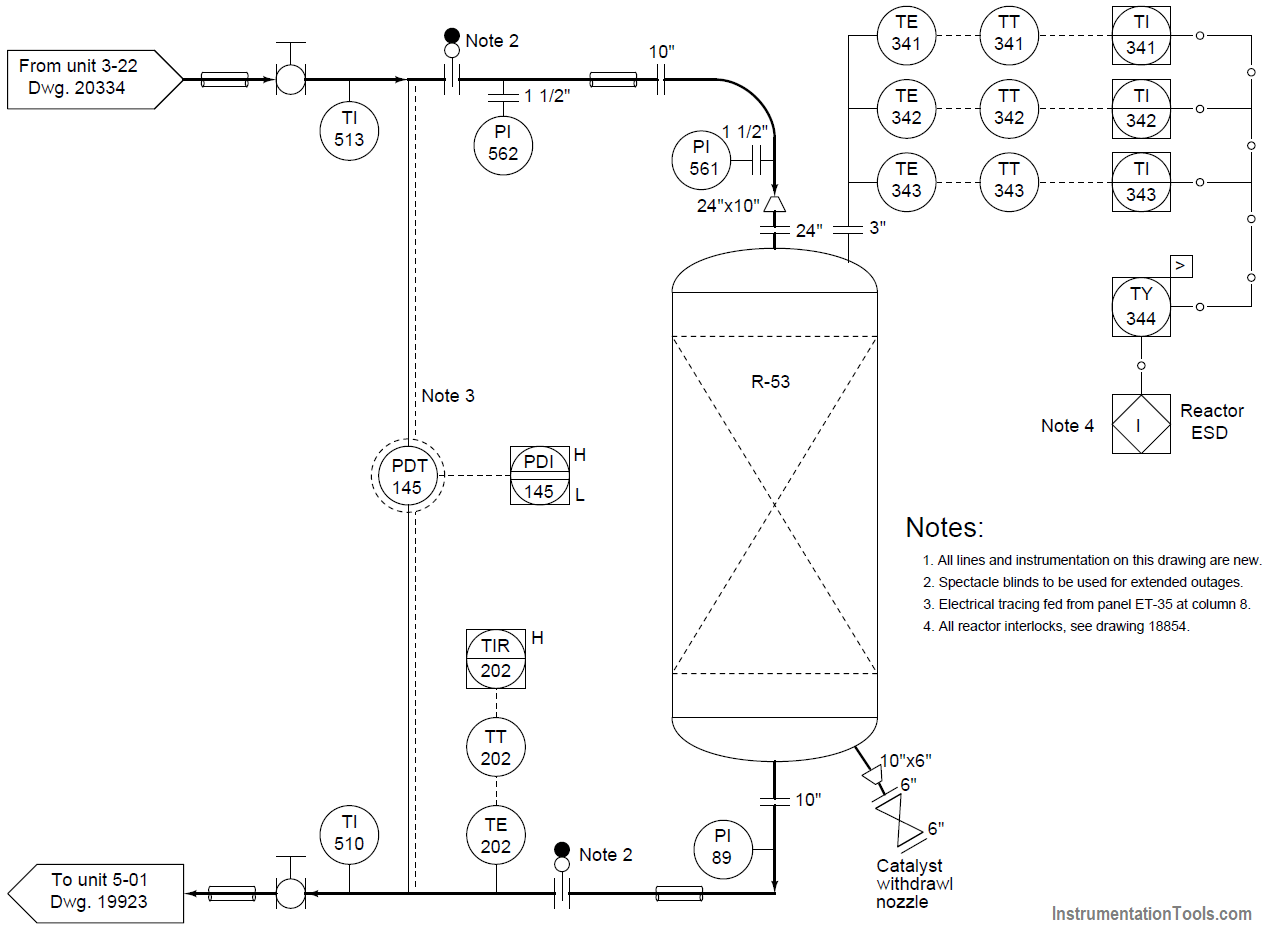


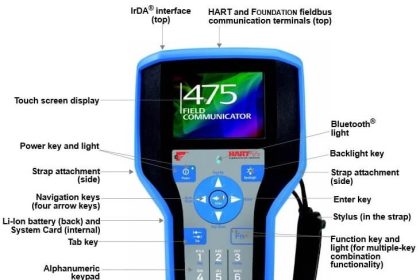


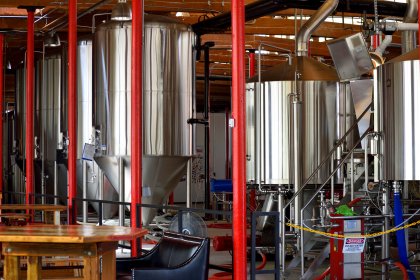
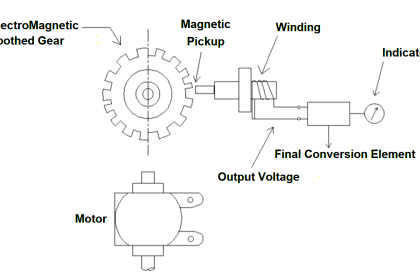

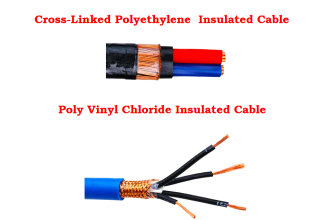
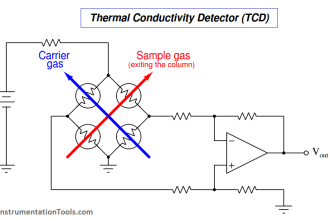


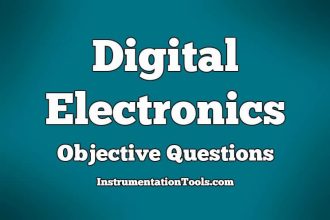
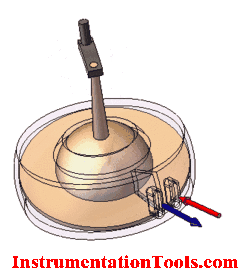
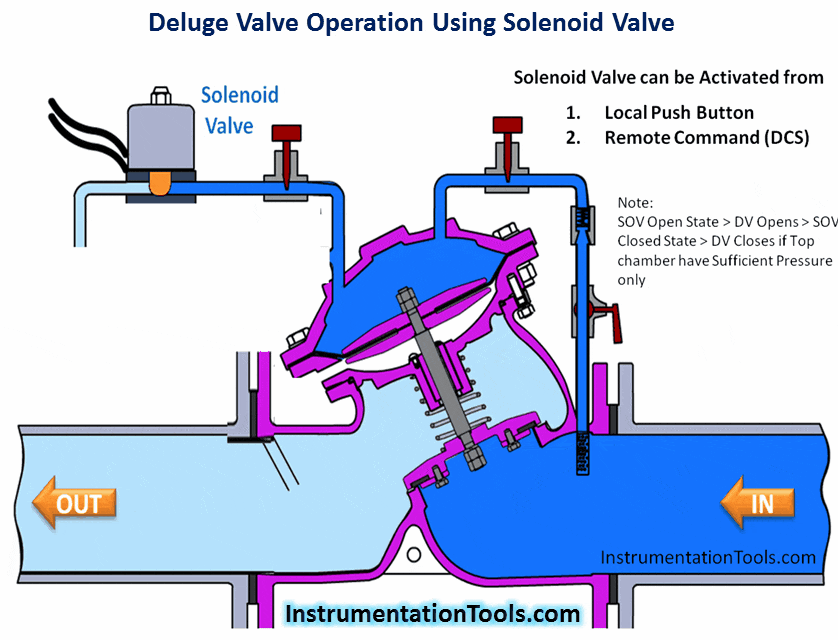


Ans.1
process fluid flows from top of the vessels to bottom of the vessels or from unit 3-22 to unit 5-01.
process fluid flow is indicates by arrow sign at the top and bottom of the vessels.
Ans 2.
TI : TEMPERATURE INDICATOR
TE: TEMPERATURE ELEMNT
PDT: DIFFERENTIAL PRESSURE TRANSMITTER
1. from the top of the reactor
2. PDT means Differential pressure transmitter
3. with a vertical line
4. Enlarger
5.
6. TIR-202 High alarm and PDI-145 high and low alarms
7. PDI-145 is to check the differential between the inlet and outlet pressure
8. To effectively monitor the temperatures on the reactor. Paraventures one of the transmitters fails, the other two serves as reference.
Answer 8: as it is a critical process control, so requires 2oo3 voting logic connected to ESD. You need minimum 2 transmitters to detect the process temperature to make a trip of the respectie logic/plant section
Ans 1
Process lines heavier than instrument lines
Input from top of vessel from unit 3-22
Arrows direction also appear process flow direction
Ans 2
TI temperture indicator
PI pressure indicator
TE Temperature element
TT Temperature transmitter
TIR Temperature indicator recorder
PDT pressure differential transmitter
PDI pressure differential indicator
TY Temperature high select
Ans 3
With verticale line
ANSI/ISA symbol
Ans 4
Expander which enlarge the pipe from 10 inch to 24 inch
Ans 5
At note 2 hahhaha
Ans 6
PDIHL
TIRH
Ans7
PDT – 145 measue differential pressure between input and output of vessel lines
If Dp greater than certain value it will give alarm for clogged in vessel
If DP less than certain value mean that vessel not work efficiently
Ans 8
Firstly send three reading to DCS
Insure reading because they are measure same point
Make voting in case of one transmiter failure thats will make system not stopped in case of one transmitter failure
Also make interlock for system in case of temperture of greater sensor value more than certain value
Also indicate Temperature on DCS
Also used for SIS system safty instrument system